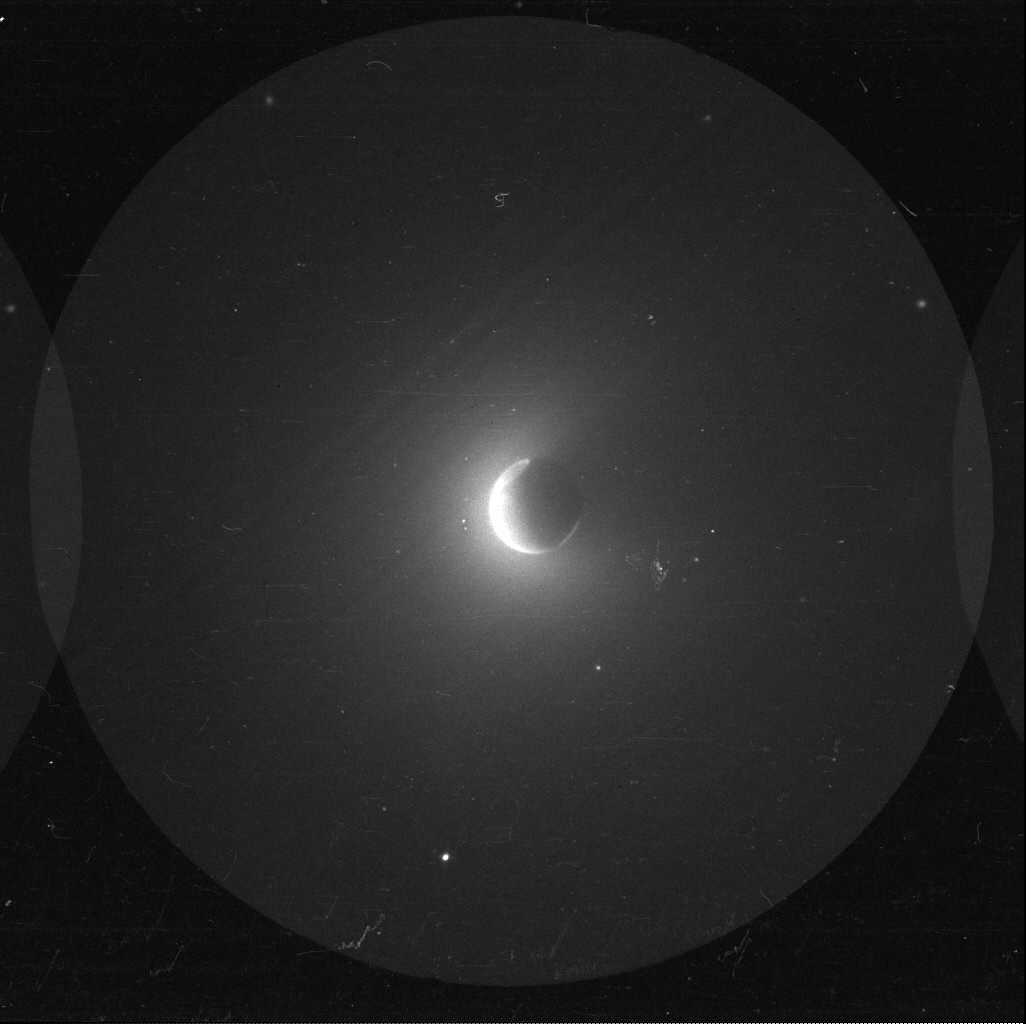Science and Mathematics
Physics colloquium: The far ultra-violet background
November 10, 2022 at 3:30pm – 4:45pm EST
Physics Building, 202/204
This event has already occurred. The information may no longer be valid.

The Department of Physics is pleased to welcome Professor Shrinivas R. (Shri) Kulkarni for an in-person colloquia presentation. Dr. Kulkarni is a George Ellery Hale Professor of Astronomy and Planetary Science at the California Institute of Technology (Caltech).
Abstract:
The diffuse far-ultraviolet (FUV) background has received considerable attention from astronomers since the seventies. The initial impetus came from the hope of detecting UV radiation from the hot intergalactic medium. The central importance of the FUV background to the physics (heating and ionization) of the diffuse atomic phases motivated the next generation of experiments. The consensus view is that the diffuse FUV emission at high latitudes has three components: stellar FUV reflected by dust grains (diffuse galactic light or DGL), FUV from other galaxies (extra-galactic background light, EBL) and a component of unknown origin (and referred to as the “offset” component). During the eighties, there as some discussion that decaying dark matter particles produced FUV radiation. In this paper I investigate production of FUV photons by conventional sources: line emission from Galactic Hot Ionized Medium, two-photon emission from the Galactic Warm Ionized Medium and low-velocity shocks, and Lyman-$beta$ fluorescence of hydrogen at several locales in the Solar System (the interplanetary medium, the exosphere and thermosphere of Earth). I conclude that two thirds and arguably all of the offset component can be explained by the sum of the radiation from the processes listed above.
This event was published on August 24, 2022.
Event Details
- Category
- Science and Mathematics
- Type
- Talks
- Region
- New York Campus
- Open to
- Campus Community
- Organizer
- CAS-Department of Physics
- Contact
- Yudaisy Salomon Sargenton
yssargen@syr.edu
315.443.3901
- Accessibility
- Contact Yudaisy Salomon Sargenton to request accommodations
